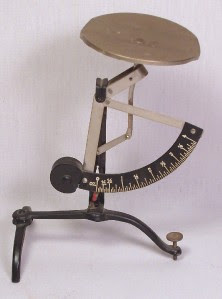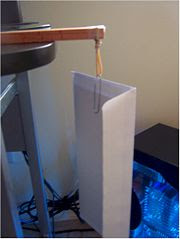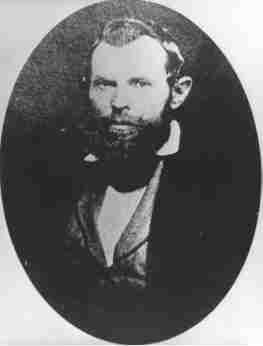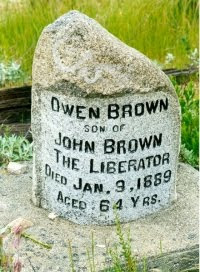
Last year about this time Jerry and I visited the Ontario (CA) museum to see their exhibit of some artists' interpretations of "Dia de los Muertos" - Day of the Dead, which is a Mexican celebration that occurs on November 1 and 2. First of all, I am always amazed at the creativity of artists, and it always reminds me that I am totally devoid of any artistic leaning or talent.
Coming so near to our own Halloween, one notices right off the bat that black and orange are NOT the colors used heavily in the artists renderings. And except for the startling use of skulls and bones, which I think is a little disconcerting at first glance, there is the riot of bright colors that one expects to see in Mexican art. But more than that, I felt the festive air, the joy, the love of family and friends -- which is such a nice antidote to the gloominess we most often associate with death.
But again, to me the most stunning thing was that even with the large number of artists participating, no two displays were even close in their interpretation. I walked through the galleries with my mouth hanging open, unable to believe what I was seeing. I loved every minute of being there and am hoping that I can find another such exhibit this year.
Halloween was such a great holiday for kids, and even as an adult I enjoyed the costume parties and the companies who let us dress up in costume (appropriate costumes, of course) that day. But one is hard-pressed to see its origins (All-Hallows Eve) represented in our present way of celebration. I suppose it is one more example of taking a "sacred" observance and making a perfectly good "secular" holiday out of it.
As for skulls, just this weekend I learned something new. As most of you know, California has a County up in gold country named Calaveras. I just learned that Calaveras is Spanish for "Skull" (a neat little piece of trivia, I think, not covered in my two years of Spanish in High School). And here's how it got that name.
This County takes its name from the Calaveras River which was reportedly so designated by Spanish explorer Gabriel Moraga when he found, on the banks of the stream, many skulls of Native Americans who had either died of famine or had been killed in tribal conflicts over hunting and fishing grounds.
So now you may have learned a couple of things: a Dia de Los Muertos art exhibit is a good thing to see, Halloween can still be fun, and you've added another word to your vocabulary. Not bad for a day's work, huh?











































